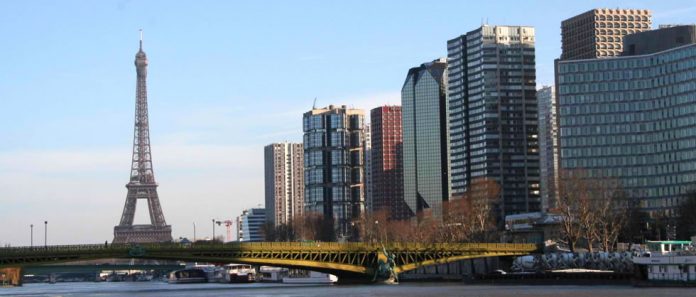The Paris Convention for the Protection of Industrial Intellectual Property
The Paris Convention for the Protection of Industrial Intellectual Property applies to industrial property in the widest sense. It include:
- patents,
- trademarks,
- industrial designs,
- utility models
- service marks,
- trade names,
- geographical indications, and
- repression of unfair competition.
The Paris Convention, concluded in 1883, revised at Brussels in 1900, at Washington in 1911, at The Hague in 1925, at London in 1934, at Lisbon in 1958 and at Stockholm in 1967, and was amended in 1979. The Convention is open to all States. Instruments of ratification or accession must be deposited with the Director General of WIPO.
THE PARIS UNION:
- The Paris Union, established by the Convention, has an Assembly and an Executive Committee.
- The members of the Executive Committee are elected from among the members of the Union.
- Except thon this is Switzerland, in which is a member ex officio.
- Every State shall adhered to at least the administrative and final provisions of the Stockholm Act (1967).
- The establishment of the biennial program and budget of the WIPO Secretariat – as far as the Paris Union is concerned – is the task of its Assembly.
PROVISIONS OF THE CONVENTION:
The substantive provisions of the Convention can be divided into three broad categories:
- national treatment,
- the right of priority,
- common rules.
National Treatment:
- Each Contracting State must grant the same protection to nationals of other Contracting States that it grants to its own
- Nationals of non-Contracting States if they are:
- have a real and effective industrial establishment in a Contracting State or
- have a real and effective commercial establishment in a Contracting State or
are also entitled to national treatment.
The right of priority:
- The right of priority in the case of patents (and utility models where they exist), marks and industrial designs.
- When the first application is filed in one of the Contracting States, the applicant shall within a certain period of time apply for protection in any of the other Contracting States.
- The time period is 12 months for patents and utility models; 6 months for industrial designs and marks.
- These subsequent applications will be regarded as if they had been filed on the same day as the first application. Being based on the first application, it will not be affected by any event that takes place in the interval, such as the publication of an invention or the sale of articles bearing a mark or incorporating an industrial design.
Common Rules:
Important common rules that all Contracting States must follow are:
Patents:
- Patents granted in the different Contracting States for the same invention are independent of each other
- A patent cannot be refused, annulled or terminated in any Contracting State on the ground that it has been refused or annulled or has terminated in any other Contracting State.
- Except in cases where the grant of a compulsory license would not have been sufficient to prevent the abuse, forfeiture of a patent may not be provided.
- The inventor has the right to be named as such in the patent.
- The grant of a patent may not be refused, and a patent may not be invalidated, on the ground that the sale of the patented product or of a product obtained by means of the patented process.
Industrial Designs:
- Industrial designs must be protected in each Contracting State,
- The protection may not be forfeited if the articles incorporating the design are not manufactured in that State.
Unfair competition:
Contracting State shall provide for effective protection against unfair competition.
Trade Names:
Protection shall be granted to trade names without there being an obligation to file or register the names in each Contracting State.
Indications of Source:
Measures shall be taken by each Contracting State against:
- the identity of their producer, or
- the identity of their trader, or
- the direct or indirect use of a false indication of the source of goods or
- the identity of their manufacturer.
Marks:
- Application for the registration of a mark filed by a national cannot be refused or invalidated, only on ground that filing registration or renewal has not been affected in the country of origin.
- The lapse or annulment of the registration of a mark in one Contracting State shall not affect the validity of the registration in the other Contracting States.
- The use of a registered mark is compulsory
- After a reasonable period, the registration cannot be cancelled for non-use.
- Contracting State can deny registration and prohibit the use of marks that constitutes:
- reproduction,
- imitation or
- translation,
- liable to create confusion, etc.
- Registration may be refused in well-defined cases, such as where:
- the mark would infringe the acquired rights of third parties;
- devoid of distinctive character;
- contrary to morality or public order;
- of such a nature as to be liable to deceive the public.
- In cases of exception otherwise, each Contracting State must likewise refuse registration and prohibit the use of marks that consist of or contain, without
- authorization,
- armorial bearings,
- State emblems and
- official signs and hallmarks of Contracting States.
- Collective marks must be granted protection.





